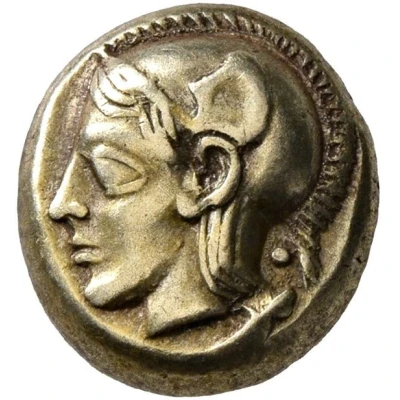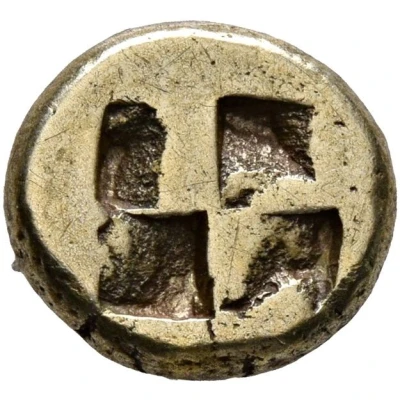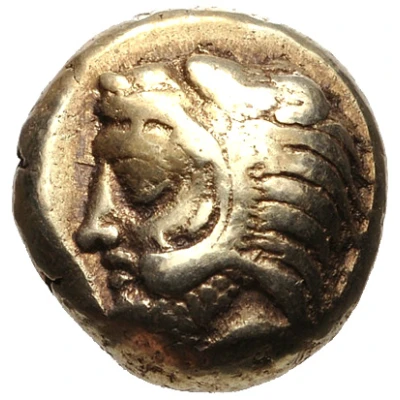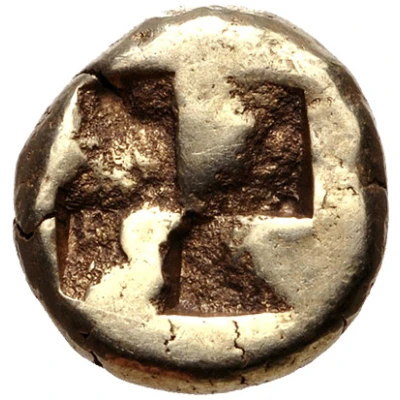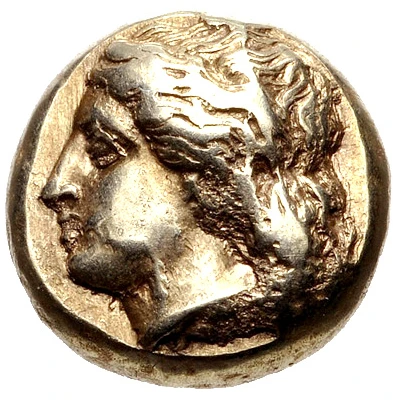
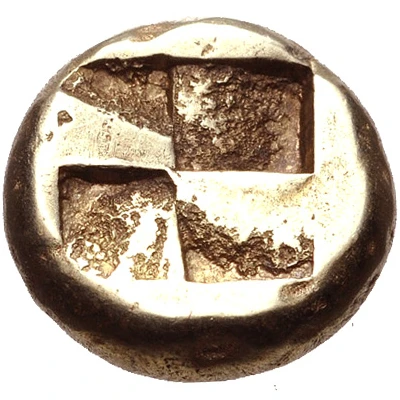

© Classical Numismatic Group, Inc.
Hekte 478 BC - 387 BC
| Electrum | 2.54 g | 10.0 mm |
| Issuer | Phokaia (Ionia) |
|---|---|
| Type | Standard circulation coin |
| Years | 478 BC - 387 BC |
| Value | Hekte (10⁄3) |
| Currency | Drachm |
| Composition | Electrum |
| Weight | 2.54 g |
| Diameter | 10.0 mm |
| Shape | Round (irregular) |
| Technique | Hammered, Incuse |
| Demonetized | Yes |
| Updated | 2024-10-09 |
| Numista | N#147966 |
|---|---|
| Rarity index | 100% |
Reverse
Quadripartite incuse square
Interesting fact
The Hekte coin was used as a form of currency in ancient Greece and its design was inspired by the natural environment of the region. The coin features an image of a seal, which was a common motif in ancient Greek coinage, and is believed to represent the rich marine life of the Aegean Sea. The use of electrum, a naturally occurring alloy of gold and silver, in the production of the coin also speaks to the region's rich mineral resources. Overall, the Hekte coin is a fascinating example of how art, nature, and commerce came together in ancient Greece.
